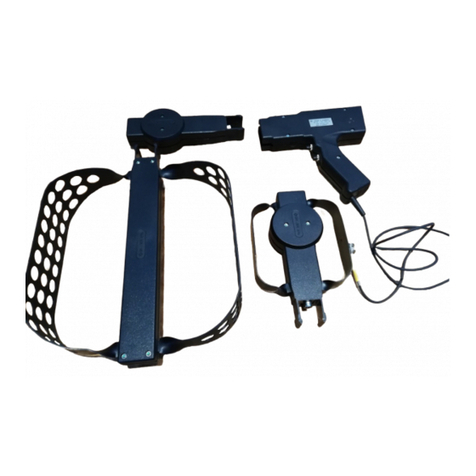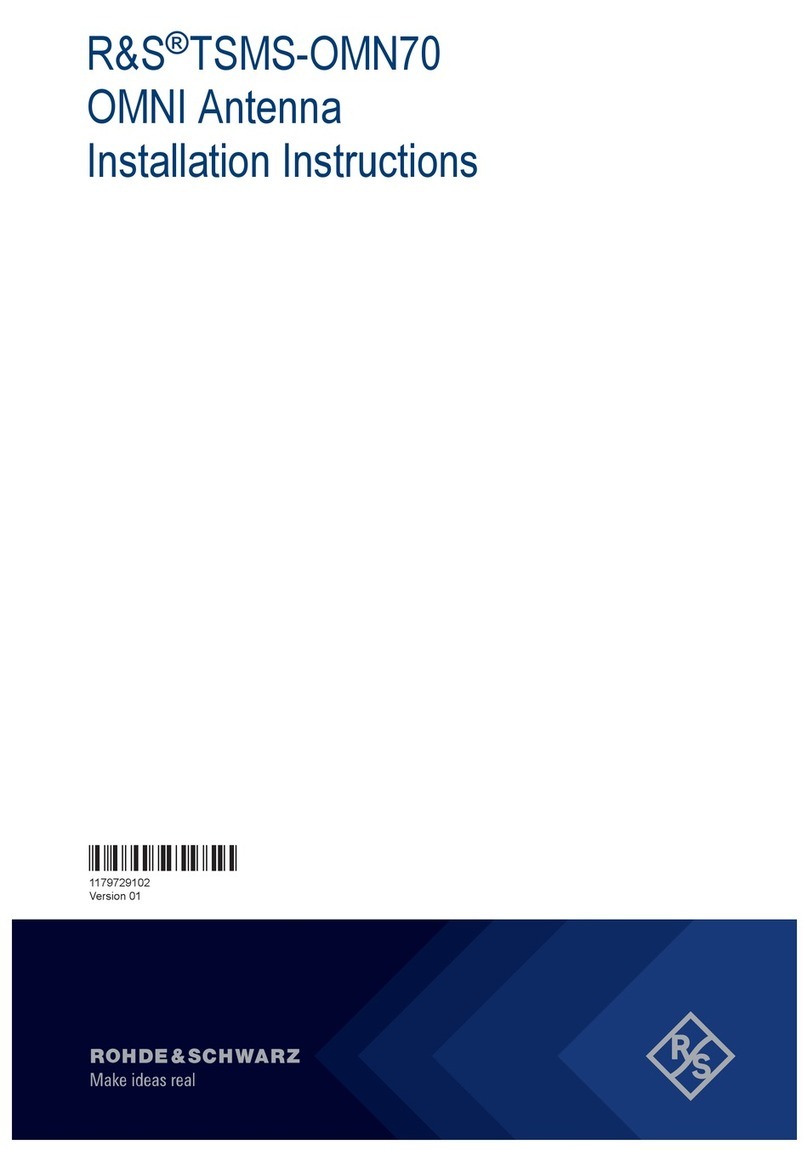
Contents
R&S®HL300
3Manual 4097.3328.02 ─ 01
Contents
1Characteristics.......................................................................................5
1.1 Use..................................................................................................................................5
1.2 Description....................................................................................................................6
1.3 Specifications................................................................................................................6
1.4 Equipment Supplied.....................................................................................................7
1.5 Recommended Extras..................................................................................................8
1.6 Ordering Information....................................................................................................8
2Preparation for Use................................................................................9
2.1 Use of a Commercial Tripod........................................................................................9
2.2 Assembling the Belt......................................................................................................9
2.3 Attaching the Belt to the Antenna.............................................................................11
3Operation..............................................................................................14
3.1 Operating Elements on the Handle...........................................................................14
3.2 RF and Control Cable.................................................................................................14
3.3 Activating or Deactivating the LNA in the R&S FSH4/8...........................................15
3.4 Notes on Practical Use...............................................................................................16
4Maintenance and Repair......................................................................18
4.1 Maintenance................................................................................................................18
4.2 Disassembly and Reassembly...................................................................................18
4.3 Functional Check........................................................................................................18
4.4 Storage and Transport................................................................................................18
5Diagrams and Patterns........................................................................20
5.1 VSWR...........................................................................................................................20
5.2 Antenna Factor and Practical Gain...........................................................................20
5.3 Radiation Patterns......................................................................................................21
6List of Appendices...............................................................................22






























